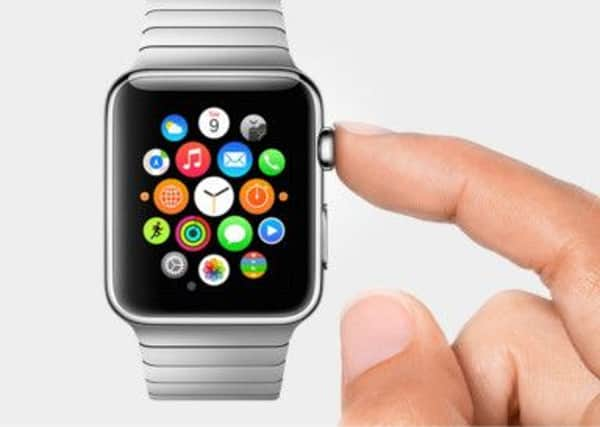Honestly, who will buy an Apple Watch?


It also relieves you of the thick end of £300 for even the most basic model, rising to £950 at the Rolex end of the market. That’s a lot for a high-tech piece of jewellery. (There’s also an 18ct gold model at £13,000 - good luck trying to insure that.)
The wristwatch market hasn’t been so comprehensively overhauled since Japanese makers like Casio began bolting digital calendars and calculators on to their timepieces a generation ago - but that time, the march of miniaturisation meant that prices were driven down, not up. Apple’s unique position as a fashion brand as well as a technical innovator, however, means it can re-imagine the market on its own terms.
Advertisement
Hide AdAdvertisement
Hide AdYet unlike its previous inventions - the iPod, iPhone and iPad - the smartwatch is not of their own devising. There are already watches from Samsung, LG and Motorola on the market which do more or less the same thing. The difference is not technology but desirability.
Nor is the Apple Watch an independent piece of technology: it relies on a connection with the iPhone in your pocket for establishing a GPS connection and much of its other functionality. So if you don’t already own an iPhone, it’s a non-starter.
The watch is designed for what Apple calls “brief interactions”, a few seconds long. Like, erm, checking the time. Runners and other sports people will benefit from heart-rate monitors and workout apps - and you can hail a cab, pay for small items and control your Apple TV box, if you have one, from the comfort of your wrist.
There is no camera, but early apps will let you monitor the security cam inside your home - and in some cases even unlock your hotel room door without a keycard.
Advertisement
Hide AdAdvertisement
Hide AdThe actual watch face is undeniably attractive, and can be changed from analogue to digital, from scientific to Mickey Mouse, at the flick of a finger.
But - and here is where technology moves two steps forward and one step back - it is less reliable as a timepiece than almost everything in H Samuels’ window. Why? Take the radio-controlled watch on my wrist right now: it cost £35, keeps perfect time, adjusts itself automatically and needs a new battery every two or three years. The Apple Watch, on the other hand, needs its battery charging every single night - else it will function as a bracelet and nothing else. The charger is a simple magnetic device that snaps on the back - and it’s just as well, because you’ll need to take it with you everywhere.
There are six models in men’s and women’s sizes - but with different strap combinations, the choice is much greater. In some cases, a strap upgrade doubles the cost of the watch.
There hasn’t been an Apple product yet that’s not been rendered obsolete after the first couple of years - so if you do order one of these watches next month, you might want to set the stopwatch going now.